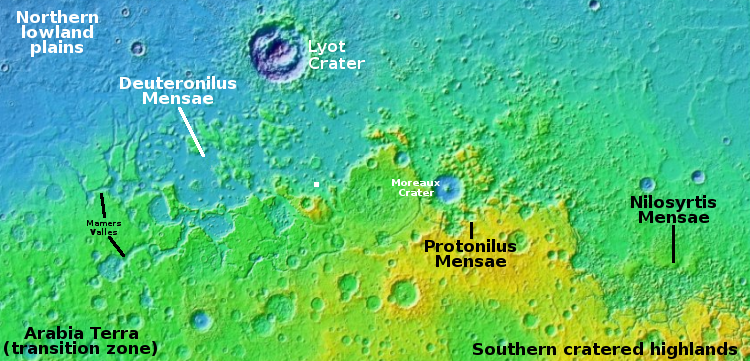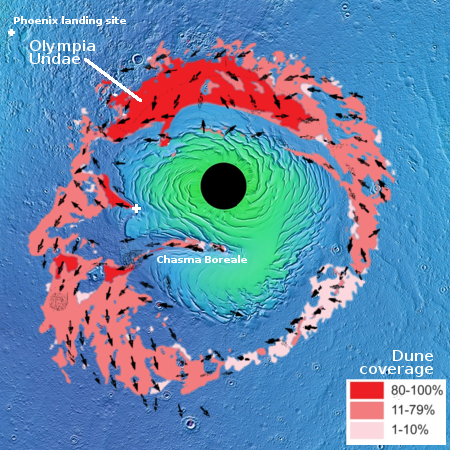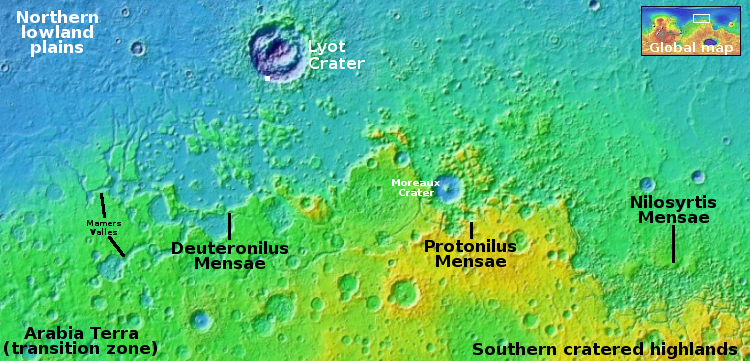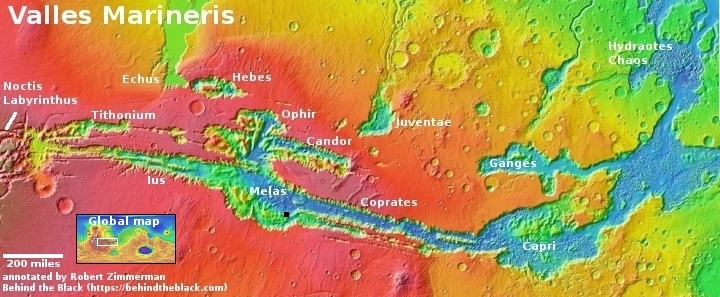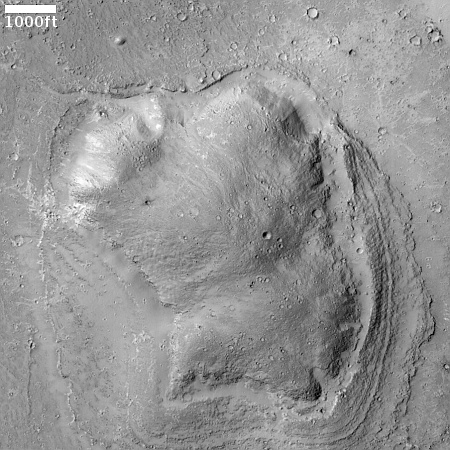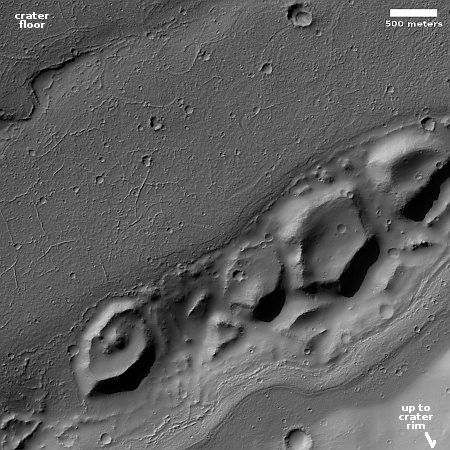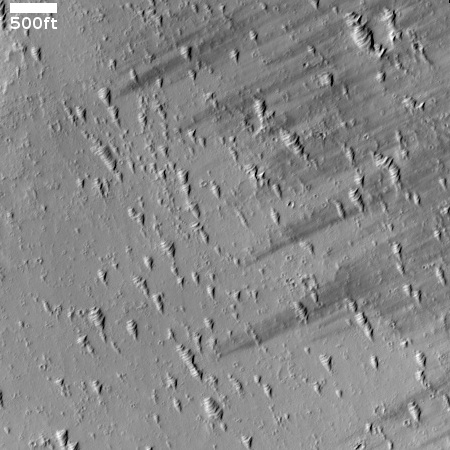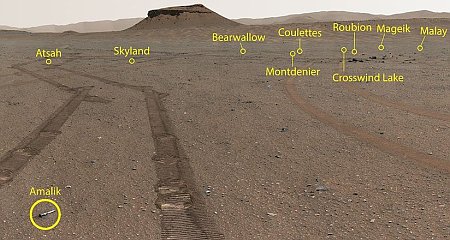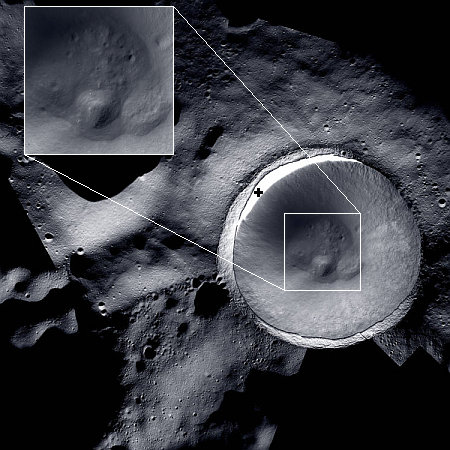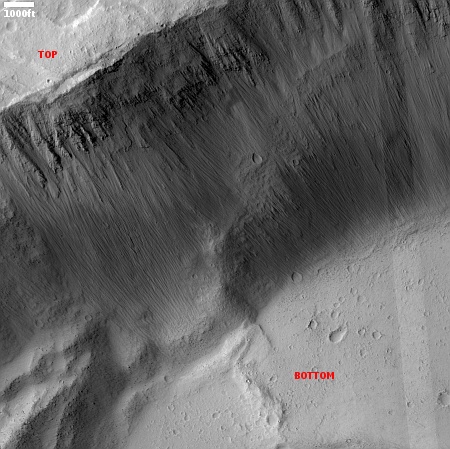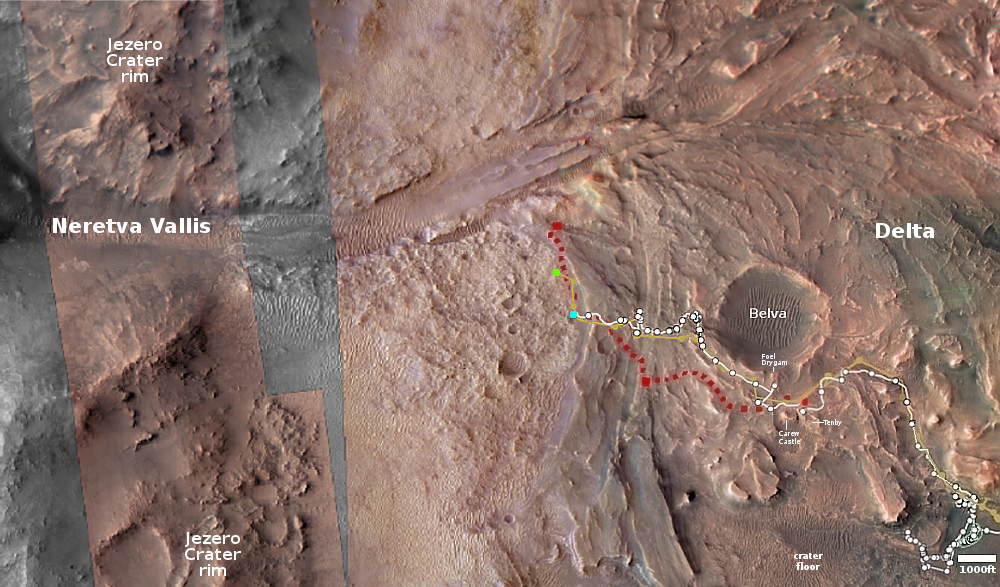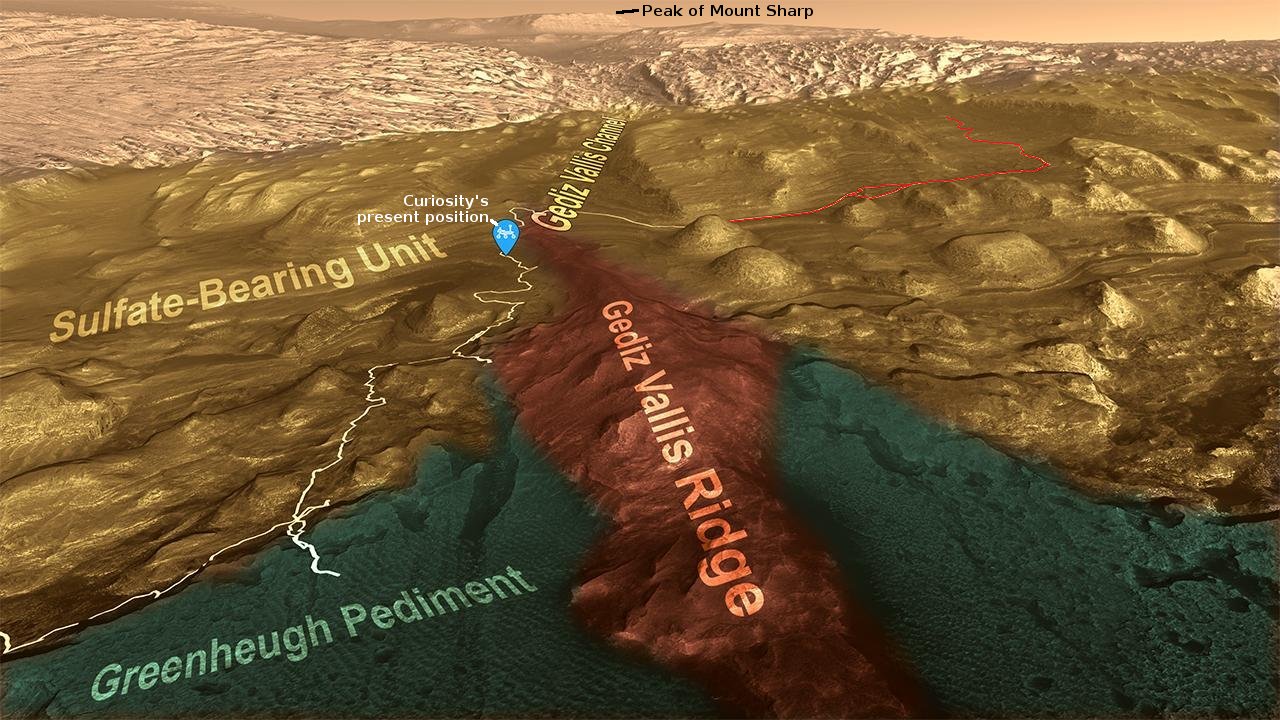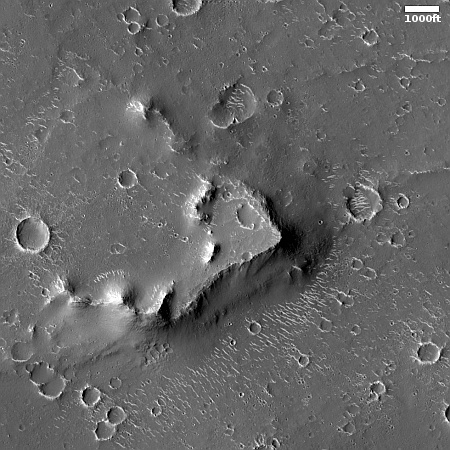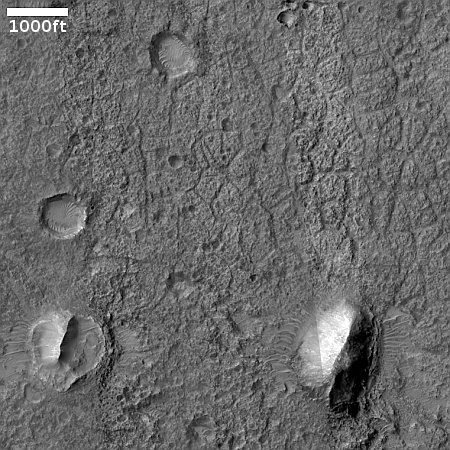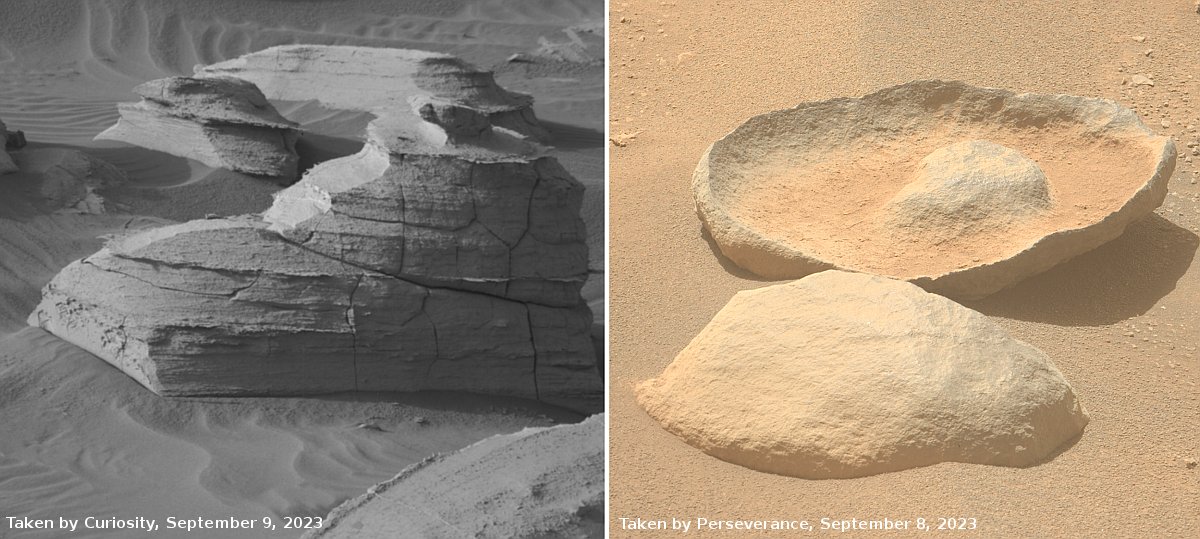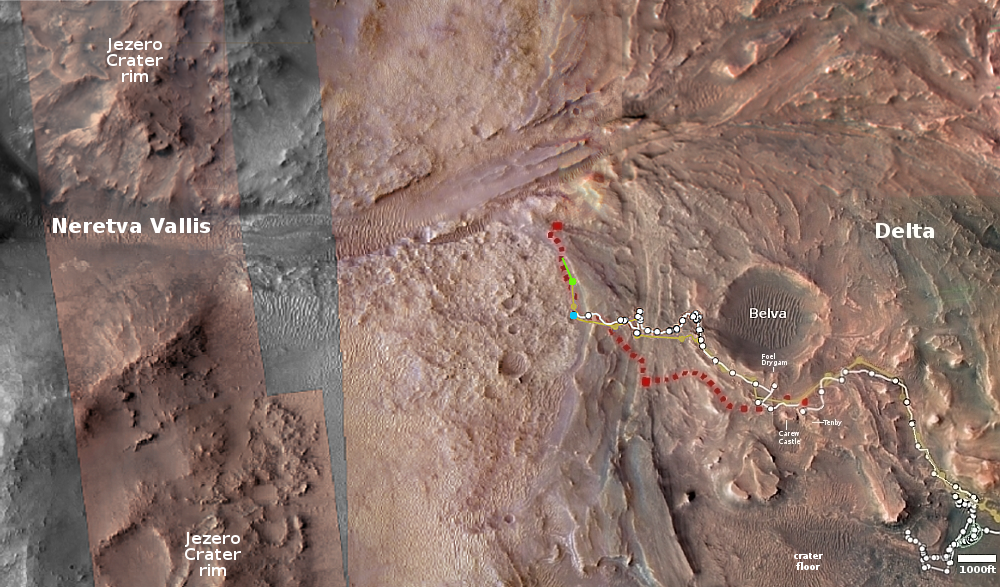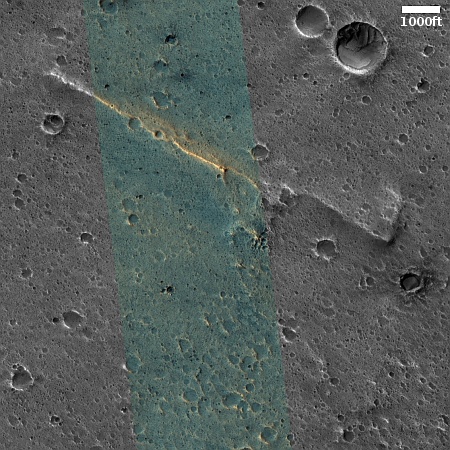SLIM leaves Earth orbit and is on its way to the Moon

The Japanese lunar lander SLIM fired its engines on September 30, 2023 to begin its journey to the Moon. The map to the right indicates the planned route after this trans-lunar injection burn, first flying past the Moon to put it on a trajectory that will bring it back to the Moon at the proper speed and direction for its landing several months hence.
The main goal of this mission is engineering, to test the ability of an autonomous unmanned spacecraft to land precisely within a small target zone about 300 feet across. If proven, this ability will make it possible to send unmanned landers to many places that are presently impossible due to their rough topography.
The route that SLIM is taking to the Moon is also unusual, and is probably also an engineering test of its own. Flybys of planets to change a spacecraft’s path is not a new technique, but in the past it has been used to slingshot the probe to another object, not send it back to that planet.

The Japanese lunar lander SLIM fired its engines on September 30, 2023 to begin its journey to the Moon. The map to the right indicates the planned route after this trans-lunar injection burn, first flying past the Moon to put it on a trajectory that will bring it back to the Moon at the proper speed and direction for its landing several months hence.
The main goal of this mission is engineering, to test the ability of an autonomous unmanned spacecraft to land precisely within a small target zone about 300 feet across. If proven, this ability will make it possible to send unmanned landers to many places that are presently impossible due to their rough topography.
The route that SLIM is taking to the Moon is also unusual, and is probably also an engineering test of its own. Flybys of planets to change a spacecraft’s path is not a new technique, but in the past it has been used to slingshot the probe to another object, not send it back to that planet.

